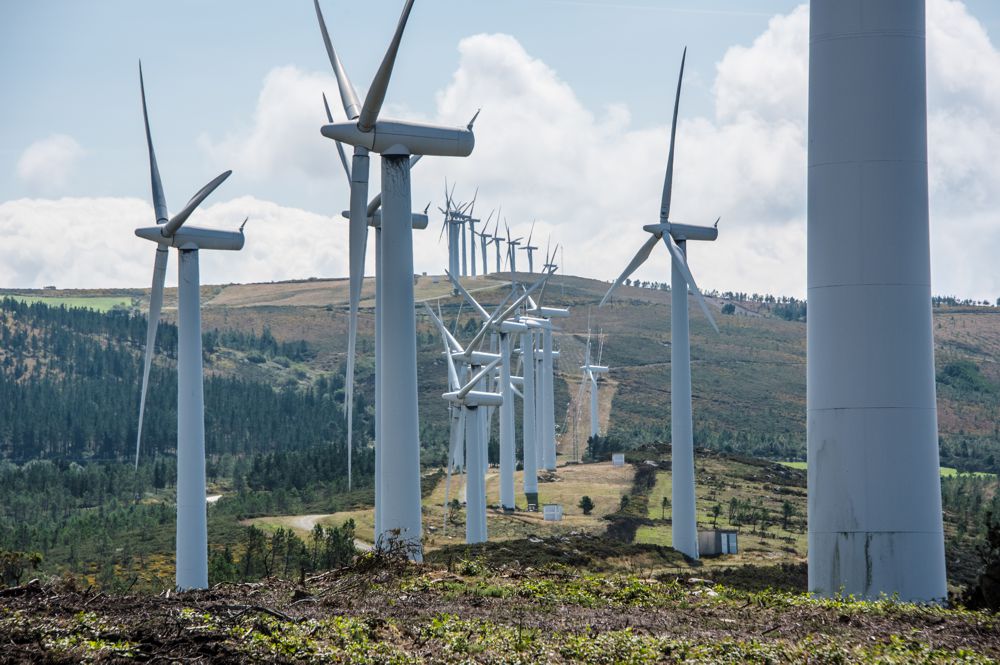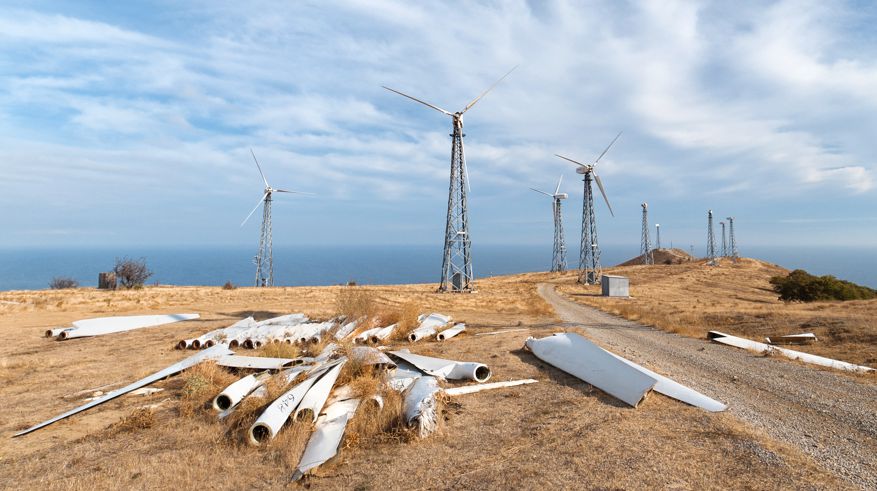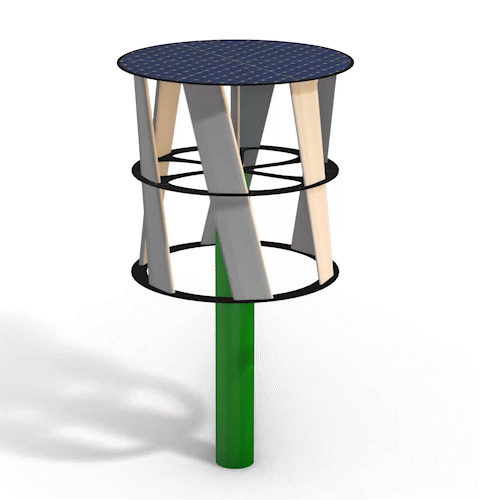Conventional Wind Turbines: Benefits and Limitations

The contribution of commercial wind turbines to electricity grid cannot be understated. They produce 8.4% of the grid power used in the U. S.1 As a result, the amount of greenhouse gas emissions they offset is outstanding.2 But for all their benefits there are some big limitations.
For one, they are big. In fact, the wind turbines you see on hilltops or in rural areas are among the smallest sizes; the largest are found offshore.
Secondly, these towers need upwards of 26 mph of sustained winds to produce electricity.3 This factor alone limits where they can practically be located.
Third, they need constant maintenance.4 The gearbox that converts the relatively slow movement of the windfoils to fast enough speed to run its generator requires frequent oil changes. Brakes which slow or lock down wind turbines under severe weather quickly wear out. Moreover, efficiency is quickly lost on dirty wind foils, so people must climb those humongous wind foils regularly to clean them.
 Forth, they are not very recyclable.5 At the end of their life span they will fill landfills.
Forth, they are not very recyclable.5 At the end of their life span they will fill landfills.
Fifth, they kill birds, up to half a million per year and it is expected to grow.6
Finally, for all their benefits, efficiency is not one of them. The grid by nature is inefficient. Overall, two-thirds of the energy is lost in conversion of electricity before delivery to the customer.7 Although renewable energy sources are more efficient that fossil fuel generation, they still lose a significant amount of energy moving from remote locations to customers.8
The Wind & Solar Tower™ (WST) eliminates many of the limitations and inefficiencies of large commercial wind turbines. For one, the Tower is relatively small. At 25 meters high with a footprint of just 2 meters, The WST can be located almost anywhere there is wind and sun, even in cities.

Patented design elements of the Tower eliminate many of the maintenance-intensive operations of wind turbines. One of the most important advancements is the Magnetic Levitation Bearing. This device makes the wind foils and solar panel array float, virtually eliminating static and dynamic loads. By using magnets, rather than traditional metal bearings, there is simply nothing to wear out.
What sets the WST apart from other wind turbines is perhaps its development team. Much of the advances the WST provides is based on careers in the racing industry. When the entire focus is developing performance advantages over the other guy, that perspective must pay off, and it has. Patented performance advances in the WST’s transmission enable it, for example, to generate electricity from winds as low as 5 mph. It’s capable of generating electricity from wind gusts, something big commercial wind turbines cannot. And its vertical orientation allows the WST to face the wind, no matter its direction, something traditional turbines cannot do.
Safety is another aspect where the WST patented technologies stand out. By its nature, the relatively compact size and vertical wind foils are treated by birds as an obstacle and avoided. In fact, the Tower has three safety systems: traditional braking; a transmission-based safety system; and a wind foil surface that releases should winds exceed hurricane force.
1. https://www.epa.gov/egrid/power-profiler
2. id.
3. https://www.linquip.com/blog/what-is-wind-turbine/
4. https://www.machinerylubrication.com/Read/395/wind-turbine-lubrication
5. https://news.yahoo.com/fact-check-wind-turbine-blades-235853274.html
6. https://www.fws.gov/birds/bird-enthusiasts/threats-to-birds/collisions/wind-turbines.php
7. More than 60% of energy used for electricity generation is lost in conversion, https://www.epa.gov/egrid/power-profiler#/ and https://www.eia.gov/totalenergy/data/monthly/archive/00352104.pdf (Note 1, pg 50.)
8. U.S. Department of Energy, U.S. Energy Information Administration, https://www.eia.gov/totalenergy/data/flow-graphs/electricity.php (Noe 4.)
